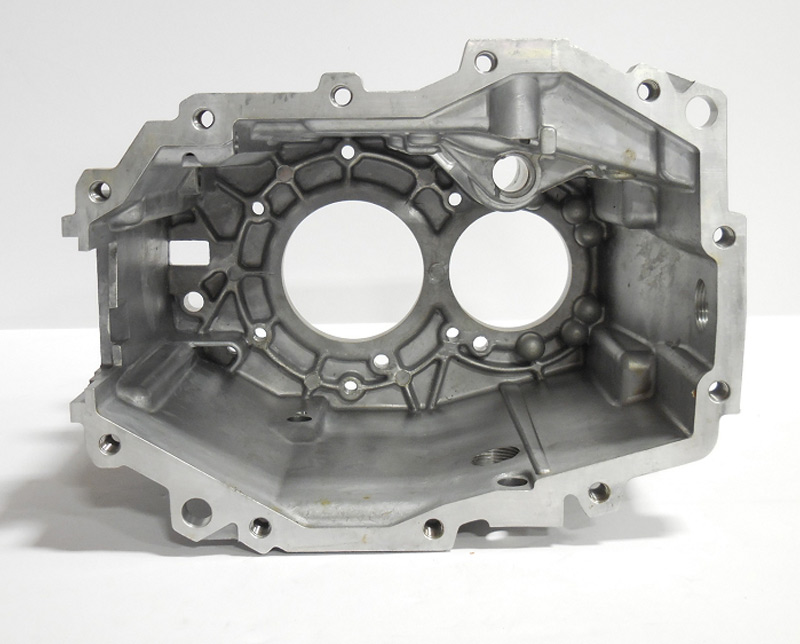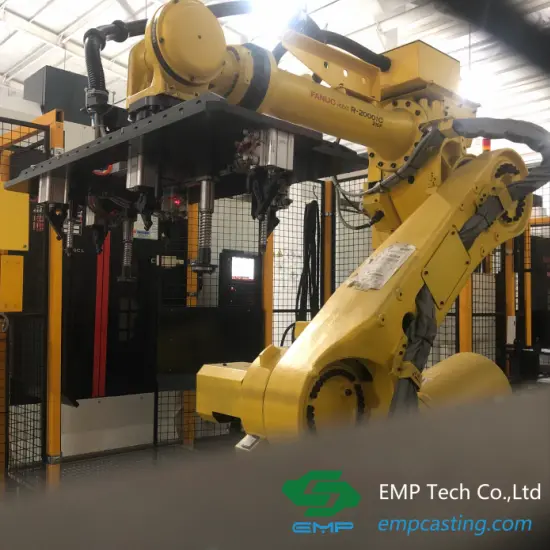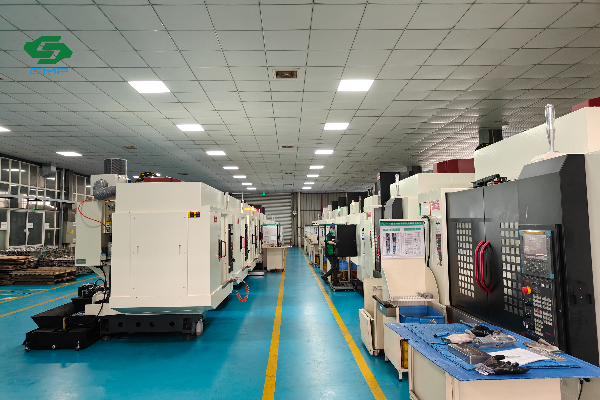

Aluminum alloy die castings have the advantages of high production efficiency, low processing costs, easy mechanical automation in the production process, high dimensional accuracy of the castings, good surface quality, and good overall mechanical properties.
Aluminum alloy die castings must be formed by molds and combined with die-casting machines and aluminum alloys for comprehensive use. The principle of pressure die casting process is that the metal liquid is poured into the cavity of a precision metal mold at high speed under high pressure, and then the metal liquid is cooled and solidified into a casting under pressure. Cold and hot chamber die castings are two basic ways of die-casting process. In cold chamber die-casting, metal liquid is poured into the chamber by manual or automatic casting device, then the injection punch moves forward and presses the liquid metal into the cavity. In the hot chamber die casting process, the pressure chamber is perpendicular to the crucible, and the molten metal flows into the pressure chamber automatically through the feed port on the chamber. The injection punch moves downward to push the molten metal into the cavity through the gooseneck tube. After the molten metal is solidified, the die-casting mold is opened and the casting is taken out to complete the entire die-casting forming process.
In the process of making aluminum alloy die castings, the surface processing quality of the mold cavity can be effectively improved. And the surface of the mold cavity should not have obvious deep machining marks to prevent the mold from cracking due to stress concentration during work. When the mold is finished, the surface of the cavity should be effectively polished and ground to keep the surface roughness of the cavity under 0.8μm.


